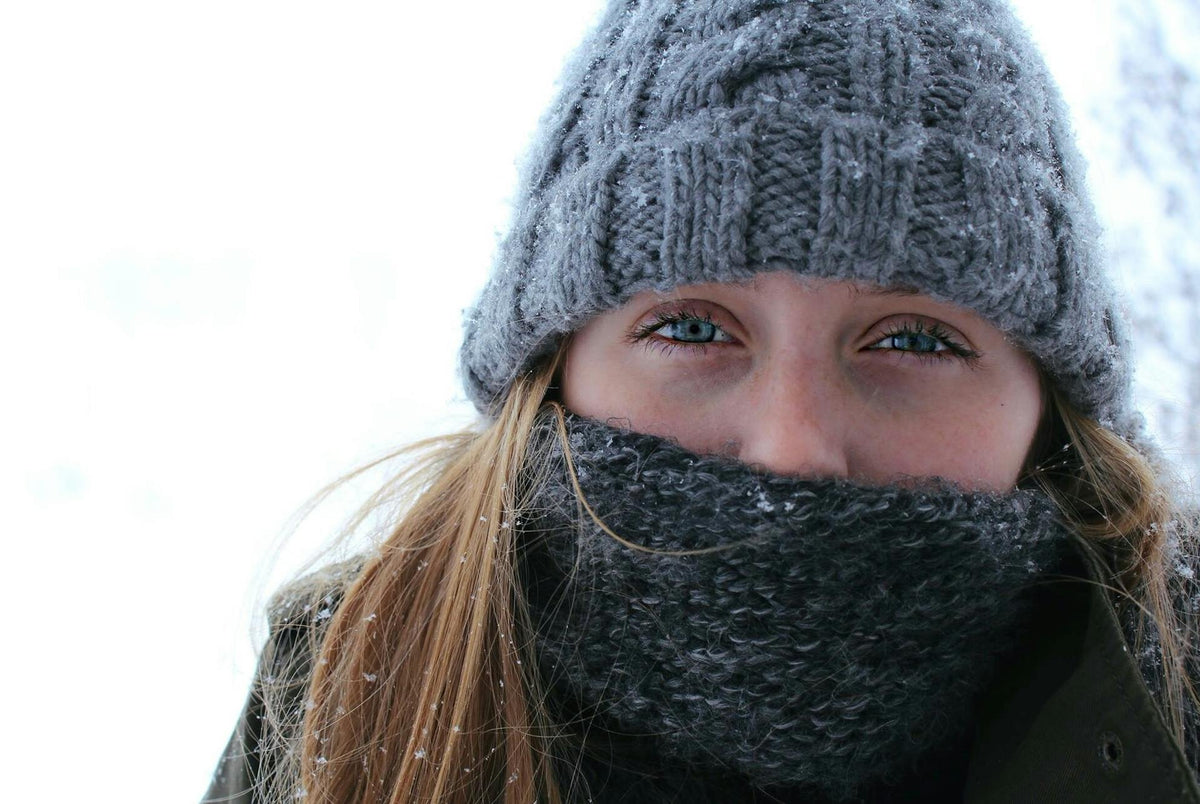Learning how to reduce skin redness is the key to keeping your skin healthy during the winter season. While having a red face in the winter months is bound to happen after spending time outdoors, those rosy cheeks could be caused by damaged skin associated with the sun, weather, and environmental stressors. Follow these tips to achieve a healthier, more even-looking complexion, even on those cold and windy days.
1. Keep Your Skin Hydrated
Dehydrated skin is especially common during the winter season because of the drastic changes in humidity and temperature. Additionally, snow, wind, and rain can erode the natural oils that keep your skin hydrated. As you explore how to reduce skin redness, make sure you incorporate hydrating products into your regimen to prevent and combat winter dryness.
2. Protect and Restore Your Skin Barrier
Your skin barrier is the outermost layer of skin that protects your body from all sorts of external stressors and irritants, including pollutants, free radicals, and UV and HEV light. It also plays a major role in locking moisture and natural oils in. Harsh winter conditions can damage that protective layer, leaving your skin vulnerable to damage.
Senté Dermal Repair Ultra-Nourish cream helps to restore the skin barrier function. It’s formulated with ceramides, vitamin E, and omega fatty acids 3, 6, and 9, as well as Senté’s patented Heparan Sulfate Analog technology that helps boost the skin's immune response to inflammation. If you’re wondering how to reduce skin redness, we highly recommend starting with this award-winning, medical-grade cream. It’s perfect for winter, but it’s a fantastic addition to your year-round skincare routine, too.
3. Wear Physical Sunscreen Daily

Senté mineral-based sunscreens aren’t just for sunny beach days. Even if you don’t get a red face in the winter months, you should be wearing sunscreen every day, all year round. Our physical sunscreens are formulated with mineral filters (zinc oxide and iron oxide) that form a protective shield and help prevent damage from the sun’s UV rays and visible blue light. Senté sunscreens are formulated with potent antioxidants, too, that help neutralize external stressors, such as environmental pollutants and free radicals. Thanks to our patented Heparan Sulfate Analog (HSA) technology, our sunscreens also help improve moisture retention.
As you research how to reduce skin redness during winter, you’ll find that wearing sunscreen is a crucial step that often goes ignored. The sun’s UVA and UVB rays can penetrate clouds and fog, so even if you don’t feel or see the sun, you can still get a sunburn. In fact, the snow’s reflection amplifies exposure to UV light. The sun’s rays can also penetrate glass, so you can even get sunburned while indoors or in a car. In addition, sun exposure can cause inflammation which worsens visible redness.
Add Senté Products to Your Winter Skincare Routine
These three simple steps will go a long way in helping reduce visible redness. Senté skincare products are efficacious, active, and innovative, but they’re gentle enough for those with sensitive skin. Now that you know how to reduce skin redness, it’s time to take charge of your winter skincare routine. See for yourself how Senté’s medical-grade products can help you overcome facial redness in winter and achieve a more even-looking complexion.
The views or external links featured on this blog represent the opinions of their respective contributors and may not necessarily reflect the position of Sente. All content is provided for informational/educational purposes and is based on personal experiences, observations, or research. While every effort is made to ensure accuracy, Sente makes no representations or warranties about the completeness, reliability, or accuracy of the information presented. The information and opinions shared on this blog do not constitute medical advice. Readers are encouraged to independently verify information and should consult a qualified healthcare professional for diagnosis and treatment of any medical condition.



